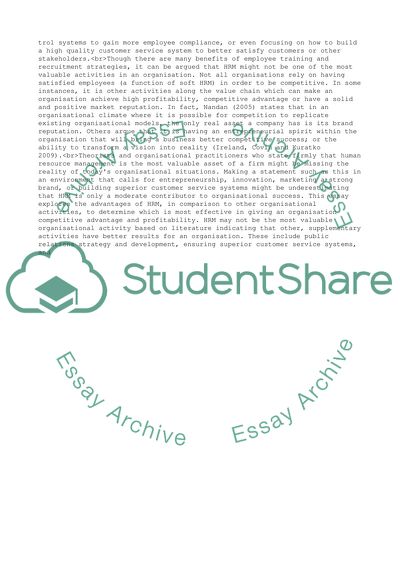Cite this document
(Thematic ind study Essay Example | Topics and Well Written Essays - 4250 words, n.d.)
Thematic ind study Essay Example | Topics and Well Written Essays - 4250 words. https://studentshare.org/human-resources/1863647-thematic-ind-study
Thematic ind study Essay Example | Topics and Well Written Essays - 4250 words. https://studentshare.org/human-resources/1863647-thematic-ind-study
(Thematic Ind Study Essay Example | Topics and Well Written Essays - 4250 Words)
Thematic Ind Study Essay Example | Topics and Well Written Essays - 4250 Words. https://studentshare.org/human-resources/1863647-thematic-ind-study.
Thematic Ind Study Essay Example | Topics and Well Written Essays - 4250 Words. https://studentshare.org/human-resources/1863647-thematic-ind-study.
“Thematic Ind Study Essay Example | Topics and Well Written Essays - 4250 Words”. https://studentshare.org/human-resources/1863647-thematic-ind-study.


